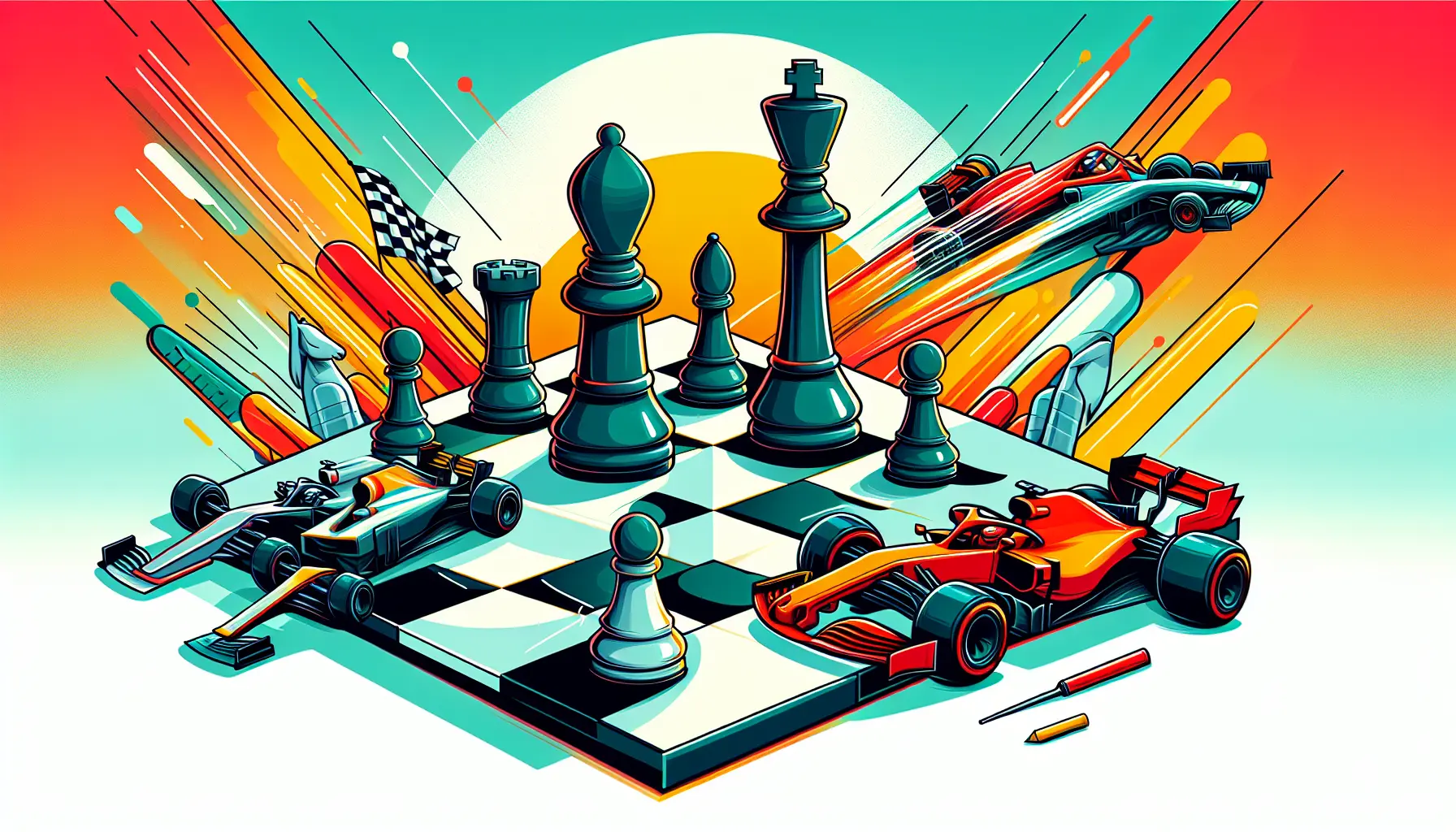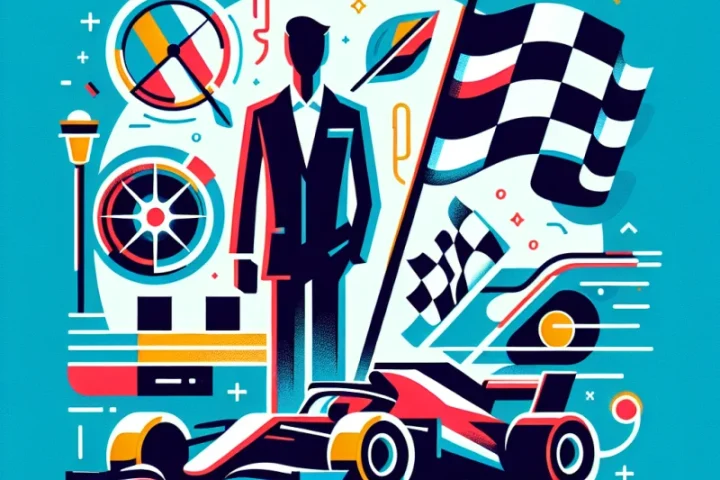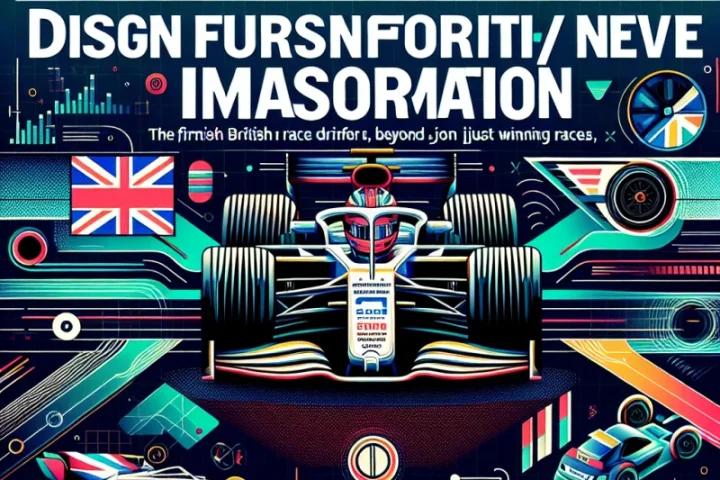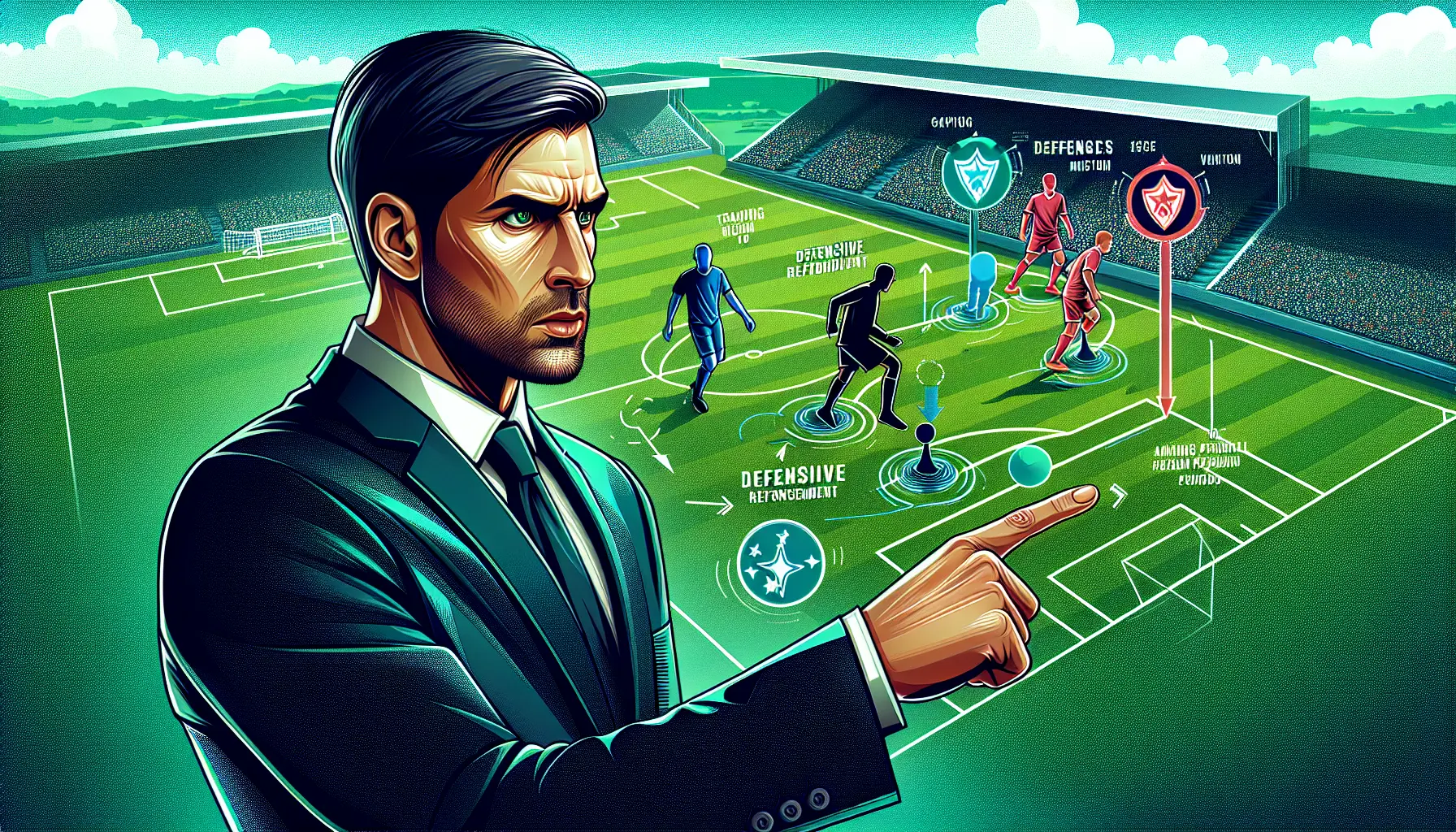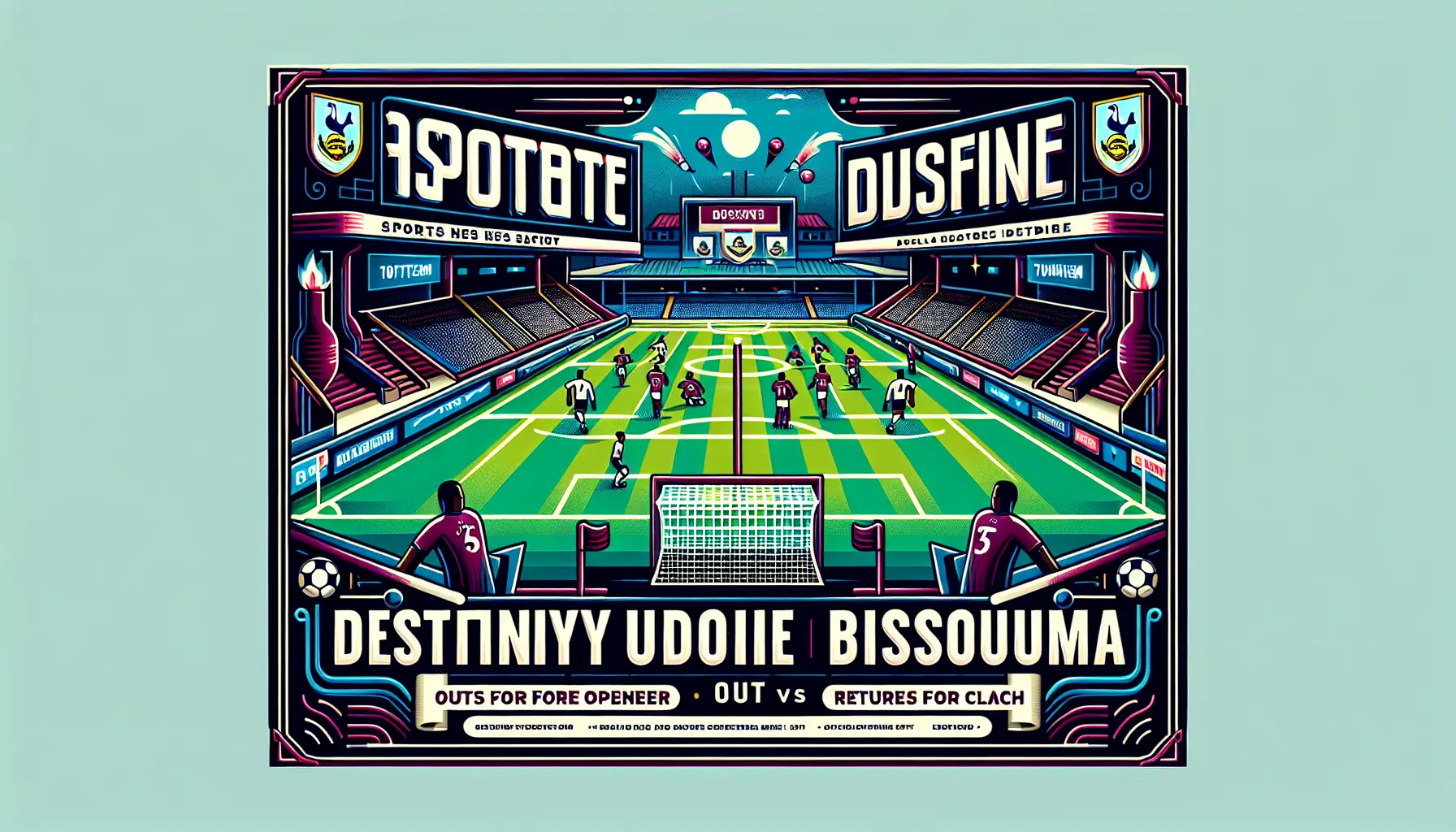The Formula 1 arena thrives on its intricate web of strategies and negotiations, often mirroring a high-speed chess game where every move is crucial.
As fans eagerly anticipate the unfolding drama in the upcoming season, a new layer of insight has emerged from the enigmatic world of Max Verstappen and Red Bull.
Former driver Juan Pablo Montoya’s recent revelations provide a unique perspective on the evolving dynamics shaping Verstappen’s future.
Amid the buzzing speculations within the motorsport realm, the confirmation of Verstappen’s commitment to Red Bull for the next season has sparked intrigue. Montoya’s analysis sheds light on the power play behind the scenes, illustrating how the tides have shifted in negotiations over the past year. Once hailed as a $100 million asset due to his championship status, Verstappen now finds himself in a different landscape. With Red Bull facing on-track challenges, Montoya hints at a potential weakening of Verstappen’s bargaining position. These revelations mark a significant shift in how Verstappen’s value is perceived in the dynamic market of Formula 1, underscoring the unpredictable nature of success and demand in the fast-paced world of motorsport.
Max Verstappen’s dominance in Formula 1 is undeniable, yet the persistent rumors surrounding his future with Red Bull Racing have kept enthusiasts and analysts on edge. As the 2026 season looms closer, Verstappen’s decision to stay with Red Bull has ignited a flurry of theories regarding his strategic calculations and the competitive milieu surrounding him. Montoya’s insights offer a fresh angle, hinting at how Red Bull’s performance dip has influenced Verstappen’s calculus.
While Verstappen flirted with discussions at Mercedes, particularly under Toto Wolff’s watchful gaze, the context has shifted markedly. Last season showcased Verstappen at the pinnacle of his career, but the current scenario paints a different picture. With Red Bull slipping in the standings, potential suitors for Verstappen now hold stronger negotiating cards. Montoya’s observation that last year’s valuation of Verstappen could have soared to $100 million, juxtaposed against the current circumstances, raises questions about the young driver’s loyalty to a struggling Red Bull outfit.
These developments prompt crucial inquiries: Does Verstappen harbor the same faith in Red Bull’s future capabilities? Against this backdrop, let’s delve deeper into the factors that shaped his decision.
Deciphering Verstappen’s Commitment to Red Bull
Several pivotal factors underpin Max Verstappen’s decision to stay with Red Bull for the forthcoming seasons. Despite flirtations with Mercedes, a confluence of elements seems to tether Verstappen to his current team.
Firstly, Red Bull’s historical performance trajectory serves as a compelling backdrop. While their current fourth-place standing may seem lackluster, the team’s track record of bouncing back from setbacks cannot be overlooked. The team’s engineering prowess and rapid development capabilities offer the promise of future performance leaps that could align with Verstappen’s ambitions. Considering the substantial investments in Red Bull, Verstappen likely envisions a brighter future beyond the current on-track struggles.
Montoya’s emphasis on negotiating leverage resonates profoundly: “This year he’s in a struggling car. The number could be $50 million. Maybe that was the reason he stayed.” This insight underscores the delicate dance Verstappen must perform. By displaying loyalty now, he anticipates a scenario where his value appreciates alongside Red Bull’s resurgence. In a sport where relationships and stability are paramount, loyalty holds weight, and Verstappen may recognize that his reputation as a team player is equally valuable.
Another significant aspect is the team dynamics within Red Bull. The camaraderie Verstappen shares with team principal Christian Horner and the crew can significantly sway his decision-making process. Feeling valued and supported by one’s team is essential for any athlete, and the familial atmosphere fostered at Red Bull, even through adversity, likely played a role in Verstappen’s decision to stay put.
Navigating the Competitive Landscape
The dynamic and unpredictable nature of the Formula 1 competitive landscape exerts a profound influence on Max Verstappen’s future trajectory. The fluctuating performance levels of Red Bull and rival teams cast a long shadow over his decisions. The emergence of formidable competitors like Mercedes, known for their agility and innovation, sets the stage for a broader context that shapes the sport’s dynamics.
Verstappen’s initial openness to Mercedes’ overtures indicates his willingness to explore options. However, the historical competitive edge that Red Bull provides him stands out prominently. Red Bull’s legacy of crafting championship-caliber cars positions them as a formidable force when firing on all cylinders. Should Red Bull reclaim their form and establish a competitive advantage, Verstappen’s loyalty could yield significant rewards.
Furthermore, the driver’s performance within the current F1 ecosystem is subject to rapid regulatory changes and technical specifications. A driver’s market value now hinges not only on skill but also on the synergy between the driver and the car’s design, as well as the overall strength of the racing package.
Verstappen’s unwavering ambition revolves around his championship aspirations, necessitating a keen understanding of the competitive dynamics at play. With races on the horizon and Red Bull’s potential resurgence visible, Verstappen’s choices transcend personal ambitions to encompass the broader spectrum of competitiveness in a sport that constantly benchmarks against historical achievements.
Insights from Former F1 Drivers
Former F1 driver Juan Pablo Montoya’s comments shed light on Verstappen’s current predicament. The flux surrounding Verstappen and Red Bull’s competitive standing unveils critical insights into the driver’s mindset. Montoya’s observation that Verstappen’s valuation could have plummeted from $100 million to around $50 million due to Red Bull’s struggles underscores the stark contrast in the team’s allure within a year.
These insights not only illuminate the immediate implications of Red Bull’s performance but also signify the shifting perceptions of Verstappen’s market worth. If Montoya’s projections hold true, stakeholders in the sport must closely monitor how these developments evolve.
Moreover, the apprehensions surrounding Red Bull’s performance and Verstappen’s personal objectives underscore the importance of understanding how various entities maneuver in response to power shifts. Negotiating leverage isn’t mere speculation; it embodies the strategies teams will deploy as drivers evaluate future contracts. The landscape may compel executives and management teams to craft enticing propositions for drivers like Verstappen to maintain their allegiance.
With competition and valuation as underlying themes, the Formula 1 narrative unfolds as a multifaceted discourse. Delving deeper into the future possibilities necessitates a holistic examination of technicalities alongside the broader impacts influencing driver motivations.
For those eager to delve deeper into Verstappen’s deliberations regarding Red Bull, exploring insights from platforms like Formula Nerds offers a comprehensive view. Through interviews and analyses, a clearer understanding of the complexities at play emerges, as the narrative of Verstappen evolves with each twist and decision in the high-octane world of Formula 1.
The post Unveiling the Strategic Chess Game: Max Verstappen’s Decision-Making in Formula 1 appeared first on FormulaNerds.


